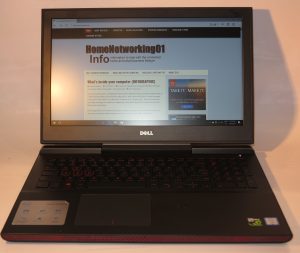Through this Website, I refer to the desktop and laptop computers that run Windows 10 PC, macOS, desktop Linux or Chrome OS as regular computers and refer to these operating systems as regular-computer operating systems. This is in a manner to distinguish them from the smartphones or tablets that run iOS, Android or similar mobile-platform operating systems, or devices like Smart TVs, games consoles or vehicle infotainment systems that run a dedicated operating system.
It is based on the fact that these desktop and laptop computers have their design roots in the original personal computers that were built and sold from the late 1970s. Here, the goals were to concentrate all of your computing power to a box that existed at your workspace while you were using it with the system able to do whatever task you wanted it to do once you loaded the appropriate program.
Another factor that is also underscored is the way that the “regular” computer can be optimised to suit one’s computing needs more easily through the use of an operating system designed to be highly configurable from the outset. This includes the ability to choose computers with the right amount of performance for what you want to use them for, the ability to connect devices to them so they can answer your needs better or even modify them to suit newer needs.
It was compared to the previous idea of computing which was centred around large mainframes kept in special computer rooms and users interacting with them using “green-screen” VDU terminals. As well, they have been seen since that period as the example of what desktop or personal computing was about.
It is compared to the mobile-platform devices that had their design roots in the handheld mobile phones and PDAs that came through in the 1990s. Here, it was about a battery-operated device you could hold in your hand and carry personal information with you or use as a communications device.
It is also compared to the likes of games consoles, Smart TVs, set-top boxes and vehicle infotainment systems that are designed around a particular goal. These implement a particular operating system or variant of a desktop operating system highly shoehorned for high-reliability “always-alive” operation in their chosen primary task.
The reason I use the term “regular computer” rather than “personal computer” for this class of traditional computer design is because there may be an argument that the mobile-platform devices like today’s smartphones are more of a personal computer than the traditional devices. There is also the fact that businesses have purchased these computers and implemented them as the workspace-based all-in-one solution for your office tasks since the late 1980s.
Here, it is to distinguish these desktop and laptop computers, including the tablets and 2-in-1s, that are using the traditional computing architecture and running the likes of Windows, macOS or desktop Linux from the other classes of personal-computing devices that have become more popular.

